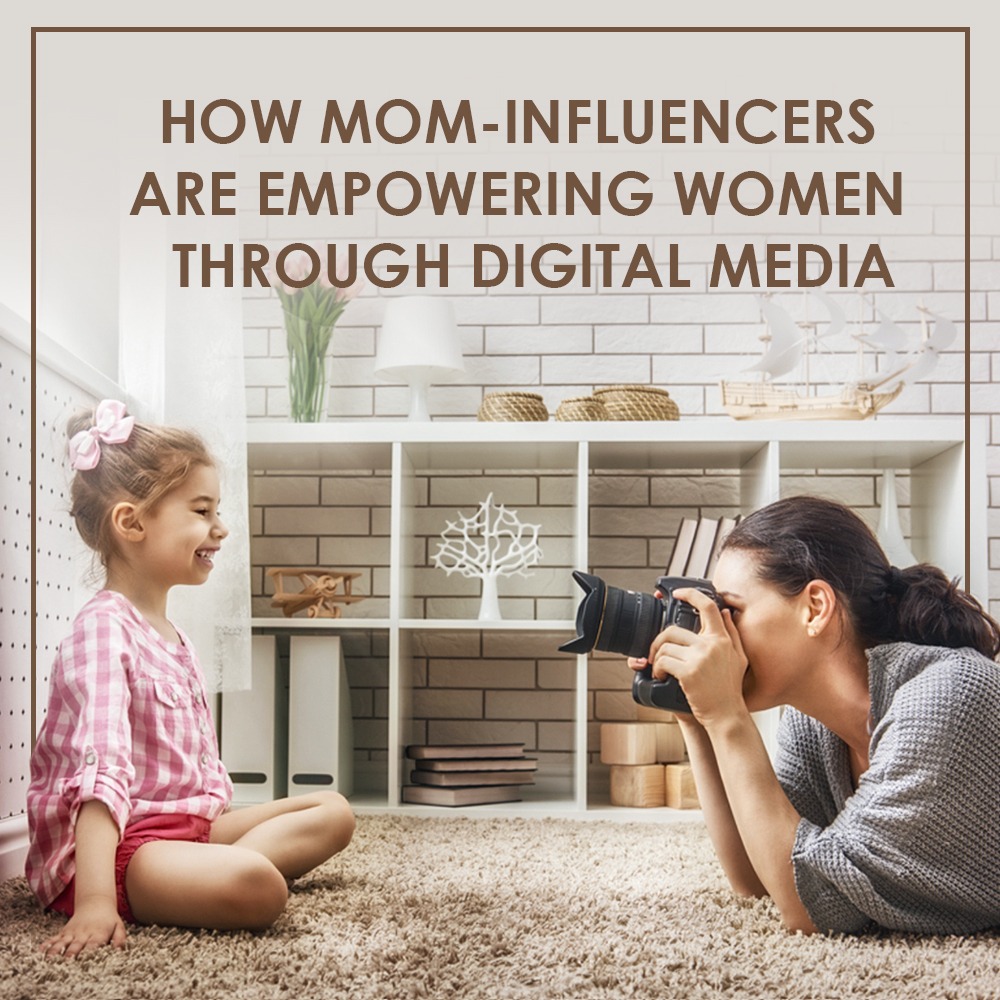The new England primer, thought to be the first American children’s book, was published in Boston circa 1690. It remained popular into the 19th century, though I can’t imagine that any actual child read it with much relish. Here is one of the lessons from a 1777 edition (you will have to imagine the grim little woodcuts that accompanied it):
Love God.
Use no ill words.
Fear God.
Tell no lies.
Serve God.
Hate lies.
The primer offered secular commandments as well:
Cheat not in your play.
Strive to learn.
Play not with bad boys.
Be not a Dunce.
If any children are reading this, that is not bad advice, to be not a dunce. Nevertheless, I quote it both to make easy sport of the past and to underline the fact that, while the painting, music, drama, and political philosophies of the 18th century have much to recommend them, no one would say that children’s literature was one of the era’s glories.
Or, to put it another way: Readers living in the 21st century should be grateful for Dr. Seuss. And for Beverly Cleary. And for Margaret Wise Brown, Louisa May Alcott, Mark Twain, Beatrix Potter, L. Frank Baum, A. A. Milne, Laura Ingalls Wilder, C. S. Lewis, E. B. White, Maurice Sendak, Ezra Jack Keats, Russell Hoban, Eric Carle, Judy Blume, Mildred D. Taylor, Kevin Henkes, and Ian Falconer.
It should go without saying that the best children’s literature is every bit as rich and rewarding in its concerns, as honest and stylish in execution, as the best adult literature—and also as complicated, stubborn, conflicted, and mysterious. Like any worthwhile art, great children’s books are capable of speaking in many different ways to many different audiences. You and I might each take something very different away from Goodnight Moon or The Wonderful Wizard of Oz, just as we might from Invisible Man or La Dolce Vita.
In a fairer world, Ferdinand the bull, Olivia the pig, and Sam-I-am the whatever he is would be mentioned right alongside Krazy Kat, Superman, Popeye, Charlie Brown, and Lucy when discussing archetypical American characters. They might even deserve a seat at the table with Huck and Gatsby.
Reading children’s books is sheer pleasure, not just to whatever children you have on hand but also for your own enjoyment and enlightenment. As Ursula K. Le Guin wrote, “Revisiting a book loved in childhood may be principally an act of nostalgia; I knew a woman who read The Wizard of Oz every few years because it ‘made her remember being a child.’ But returning after a decade or two or three to The Snow Queen or Kim, you may well discover a book far less simple and unambiguous than the one you remembered. That shift and deepening of meaning can be a revelation both about the book and yourself.”

THE VOORHESS FOR READER’S DIGEST
One of the unexpected joys of parenthood, for me, was reencountering books that I had loved and that, much to my relief, I found I still loved. Reading bedtime stories to my kids (daughter Zoë, son Isaac) was—not always, but often—like revisiting a favorite old neighborhood after many years and finding not only that it hadn’t been chain-stored into submission or paved over altogether but that it was far more interesting and complex than I knew.
I had vivid childhood memories of Dr. Seuss, but I was surprised by just how aggressive some of his stories are. Many Seuss characters seem to be sublimating anger or frustration in a way that might strike a parent as very—even too—familiar.
I had vivid memories of Beverly Cleary’s suburban comedies, too, but I was struck and moved, as I read the stories to my kids more or less sequentially, by the deepening emotional richness of her novels, as her focus shifts from Henry Huggins and his dog, Ribsy, to the sisters Beezus and Ramona. Her masterpiece, Ramona the Pest, is a psychologically acute study of a girl struggling against social conventions (in her case, kindergarten’s).
Some reunions disappointed. I had loved Curious George as a kid, but 30 years on, I discovered the books carried with them a stale, colonial aroma. I remembered A Wrinkle in Time as gripping, mind-expanding, and spooky, and it was all that, though it also proved preachy.
Oh well. Taste is always a mystery, and never more so than with children. At one point when my kids were very young, they couldn’t get enough of a series of books based on the Disney Winnie-the-Pooh movies. These were clumsily written, banal little stories about being nice to your friends, taking care of the environment, celebrating differences—the 21st-century American version of “Serve God/Hate lies.”
Eventually, I got fed up and decided to force the kids to listen to the original A. A. Milne books. In the last chapter of The House at Pooh Corner came this curveball: Pooh and Christopher Robin go off for a walk together in the Hundred Acre Wood, discussing the special joys of doing “Nothing.” Finally Christopher Robin blurts:
“I’m not going to do Nothing anymore.”
“Never again?” [asks Pooh.]
“Well not so much. They don’t let you.”
As I read this chapter aloud, I couldn’t help weeping. It’s a story, of course, about leaving childhood behind, which for poor Pooh, the bear of little brain, the one being left, is a kind of death. I naturally thought about my own kids growing up, which for a parent is another kind of death.
All of this was swirling through my head as I read, tears spilling down my face, and my heartless kids couldn’t have cared less. I tried to explain what was going on and why that moved me, but they already understood it fine. They just didn’t find it particularly sad. I guess they were used to abandoning toys and getting on with the next phase in life.
I remember when Zoë announced that she didn’t want to be read to anymore, that she was old enough to read herself to sleep. She was nine or so. I think I felt a bit like Pooh, though irony didn’t soften the sting. Maybe a “queer look” came over my face like the one that came over farmer John Arable’s when Fern challenged his sense of justice and stood up for Wilbur the pig in Charlotte’s Web. But I didn’t begrudge Zoë this stirring of independence.
One evening not long afterward, I was reading aloud to Isaac—Beverly Cleary, I think. He was tucked into the lower bunk, while Zoë snuggled with her own book up top. I was sitting on the now fraying wicker-backed rocking chair we’d been given for just this purpose as a wedding gift, years earlier. Halfway through the chapter, I heard slow, deep, gentle breaths coming from the upper bunk: Zoë’s eyes had shut; her book was splayed across her chest. Isaac soon fell asleep as well.
Me, I was disappointed. I wanted to know what happened next. I could have gotten up, but is there any sound more enchanting than that of sleeping children? So I stayed put. I kept reading.
(Don’t miss these 17 books to read as children—and adults.)
Buy Bruce Handy’s book, Wild Things: The Joy of Reading Children’s Literature as an Adult.






Leave A Comment
You must be logged in to post a comment.